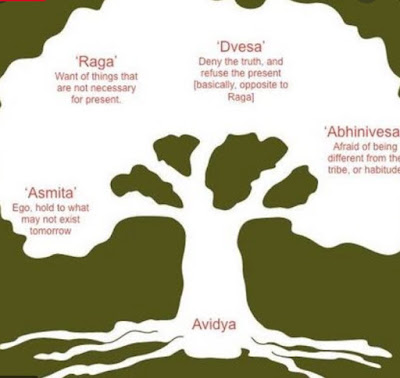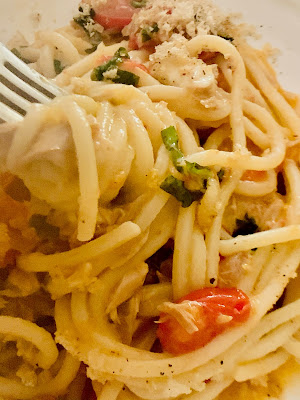How many times I have heard someone say they can’t meditate, or it doesn’t work. I have three teenagers, so I have heard this often. This generation z is coping with some serious trauma and the traditional western therapists are inundated, those covered by insurance being actually booked by lottery and those out of pocket not even taking on any new patients. What our kids can do while waiting for western medicine to play catch up is simply to learn how to still the mind.
Hang in here with me for a few moments longer. Our pre frontal cortex, which regulates emotional response, is not fully developed until the age of 25 leaving teenagers as the dramatic individuals they really are in their own brains. Add to this the tik tok culture of mass information in strobe like rapidity not governed by any sense of mindfulness just mass amounts of stimulation at deafening speed, the isolation of covid, the polarization of our communities, gender identity struggles and it’s no wonder our kids are in trouble.
The image above is a depiction of the road to effective meditation. We see an elephant being led by monkey. The monkey symbolizes distraction ( the monkey mind) where the elephant the symbol of dullness, ignorance, apathy. As they progress, that is as one practices and develops a discipline to sitting in stillness, slowly but surely the monkey loses his grip upon the elephant and falls by the wayside. The elephant too, begins to change and lose his dullness, this is said to be his increasing ability to be in the present moment, lose his ignorance, be mindful, right mind.
Our children have not been able to focus because it is not that which is taught, our children are taught not stillness but rather perpetual motion, perpetual mind motion, visual stimuli that cause the mind to ping pong at such a rapid rate it is dizzying and this is their mind programming, so no wonder they can’t still their minds, there is nothing that has taught them to do this. Some kids have the discipline of sports and this creates a new brain groove of discipline, I dare say these kids, those that play instruments, or paint and draw are working towards developing a discipline and they are training their brains to focus in these ways. The rest of our children ? I don’t have athletes. I have one musician and his music is his therapy and he has begun to train his brain. But what of kids who are struggling, with no other discipline practices? We are fighting hard to hang on to these kids and I believe somatic mindfulness, a newer and adapted version of samatha meditation .
Meditation can be approached in many ways, for our teenagers I have found the somatic approach to work far better as it has a focus to bring the monkey mind back to the body. This rooting into sensory experience of the body zips the attention to single pointedness.
We focus first on the breath. We allow the body to be comfortable, and as the mind wanders away with the constant battery of thoughts we bring it back to a sensory experience in the body, the temperature of the skin, the rise and fall of the belly. The practice can be done laying down as opposed to the traditional format of holding the spine erect. The goal in this practice is to set up our kids, to have an experience of what stilling the mind can feel like so we allow for a comfortable position to set them up for more success. It is a fifteen minute guided scanning of our body’s sensations led by a teacher.
If we can get our kids to slowly create a discipline of noticing within themselves, noticing their breath, their shoulders their chest as breath is held, they will have this intelligence when they are not in meditation. They will slowly find a more non reactive mind.
This non reactive mind becomes a new groove in the brain, it allows for deeper sleep, deeper breath, less anxiety, less depression. This is not talk therapy, it is silence therapy.
I am taking on a small group of teens interested in healing through this method. We will meet both in person and on zoom. If you’re interested in hearing more you may reach me @artemismarisa on Instagram.








